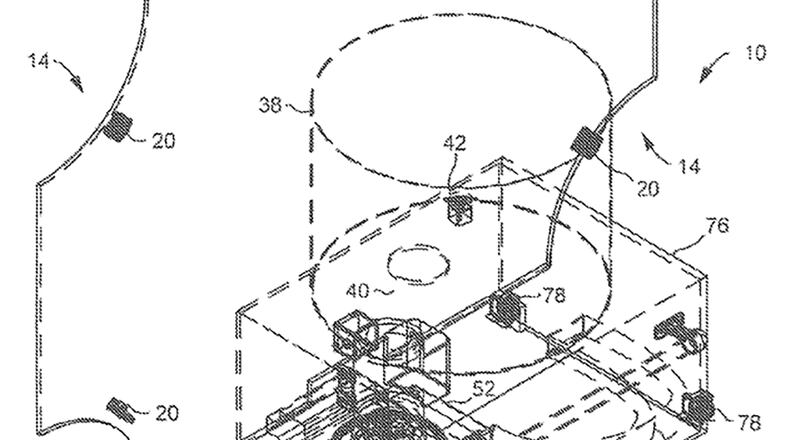“By patenting our Air Force inventions, we serve as good stewards of the taxpayer funds entrusted to us while protecting and serving our service members and citizens,” said Ronald Ratton, Senior Executive Service and AFMC Command Counsel.
As AFMC Airmen form new ideas that could solidify into innovative processes which could benefit the Air Force, patents play a role in safeguarding these resources as intellectual property.
“We view the patent mission that our office oversees as an important driver of innovation in the Air Force. It supports AFMC’s acquisition of systems, large and small, and the development of technologies that benefit both the military and U.S. industry,” said Ratton.
AFMC patent attorneys work out of the Air Force Research Laboratory’s Rome Laboratories, New York, Kirtland Air Force Base, New Mexico, and at Wright-Patterson Air Force Base.
“We are extremely fortunate to have experienced patent attorneys with the skills to advise Airmen and prosecute patents on the gamut of technology areas our science and technology community pursue, from computer software to biotechnology, chemistry, and aeronautical, electrical and mechanical engineering,” said Stephanie Burris, acquisition attorney and point of contact for intellectual property matters, Acquisition Law Division, AFMC.
Obtaining a patent allows the Air Force to control the use of the invention and better recoup the taxpayer investment in its development. Once a patent is issued, all U.S government entities are entitled to use the invention without paying royalties. Therefore, the government can use the invention itself or share it with industry partners, enabling technology to get into the hands of the warfighter, faster.
When an Airman creates an invention that he or she believes is novel and useful, the invention is reported to the local patent office on an Air Force Invention disclosure form (AF 1279), accompanied by an invention evaluation form (AF 1981), which provides any related contract information as well as a security review.
An attorney works with the inventor to learn more about the invention and whether it passes the thresholds of novelty, usefulness, and non-obviousness, which are the prerequisites for a patent application.
“Of the three hurdles, obviousness is the most challenging. We need to show that the invention is not an obvious combination of other existing technologies found by a Patent Examiner from their search. If the attorney can make a case that all three thresholds are met, then the patent can be issued,” said Charles Figer, Chief, Intellectual Property Law Division, AFMC.
The Air Force also can license an invention for dual-use technologies, providing both a military and commercial benefit. Patenting these technologies protects the taxpayer investment by providing for control of the invention, while also allowing for licensing of the technology.
For example, a small Minnesota company licensed an invention developed at the U.S. Air Force Academy, which gives the company the exclusive right to commercialize a newly designed hockey puck machine which allow players to train on their own as COVID-impacts practicing.
The licensing aspect of patents not only benefits the warfighter but also may lead to commercial companies paying royalties to the Air Force. These royalties are used to reward both the inventors of the technology and the laboratory where they invented the technology.
“Airmen who are inventors on licensed patents share in the royalty money collected. By statute and Air Force Policy, they are entitled to the first $2,000 of royalties collected plus 50% of any remaining once the $2,000 has been paid,” said Figer.
AFMC patents are proof that Air Force technology is having a positive impact in the real world for our warfighters and U.S. industry.
“Our Airmen have innovative ideas that are making a difference every day. We highly encourage Airmen with novel ideas to contact our office about patenting their work. We will help them through the process and ensure that their hard work receives the protection it deserves,” said Figer.
About the Author
